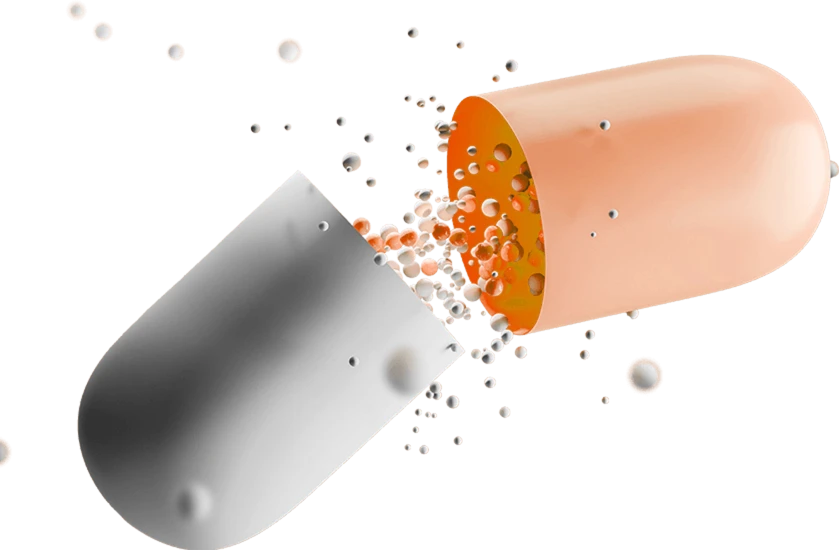- Afrikaans
- Albanian
- Amharic
- Arabic
- Armenian
- Azerbaijani
- Basque
- Belarusian
- Bengali
- Bosnian
- Bulgarian
- Catalan
- Cebuano
- Corsican
- Croatian
- Czech
- Danish
- Dutch
- English
- Esperanto
- Estonian
- Finnish
- French
- Frisian
- Galician
- Georgian
- German
- Greek
- Gujarati
- Haitian Creole
- hausa
- hawaiian
- Hebrew
- Hindi
- Miao
- Hungarian
- Icelandic
- igbo
- Indonesian
- irish
- Italian
- Japanese
- Javanese
- Kannada
- kazakh
- Khmer
- Rwandese
- Korean
- Kurdish
- Kyrgyz
- Lao
- Latin
- Latvian
- Lithuanian
- Luxembourgish
- Macedonian
- Malgashi
- Malay
- Malayalam
- Maltese
- Maori
- Marathi
- Mongolian
- Myanmar
- Nepali
- Norwegian
- Norwegian
- Occitan
- Pashto
- Persian
- Polish
- Portuguese
- Punjabi
- Romanian
- Russian
- Samoan
- Scottish Gaelic
- Serbian
- Sesotho
- Shona
- Sindhi
- Sinhala
- Slovak
- Slovenian
- Somali
- Spanish
- Sundanese
- Swahili
- Swedish
- Tagalog
- Tajik
- Tamil
- Tatar
- Telugu
- Thai
- Turkish
- Turkmen
- Ukrainian
- Urdu
- Uighur
- Uzbek
- Vietnamese
- Welsh
- Bantu
- Yiddish
- Yoruba
- Zulu
Pro . 20, 2024 21:17 Back to list
injectable ivermectin dosage for goats
Injectable Ivermectin Dosage for Goats A Comprehensive Guide
Ivermectin is a widely used antiparasitic medication that has proven effective in treating a variety of internal and external parasites in livestock, including goats. These parasites, such as nematodes, mites, and ticks, can cause severe health issues in goats if not adequately controlled, leading to compromised growth, productivity, and overall well-being. Understanding the correct injectable dosage of ivermectin for goats is crucial for effective treatment and ensuring the safety of both the animals and the humans who consume their products.
Importance of Ivermectin in Goat Health
Goats are susceptible to a range of parasitic infections due to their grazing habits. They often ingest parasite larvae found in contaminated pastures or feed. Ivermectin acts by disrupting the nervous system and muscle function of the parasites, leading to their death. Its broad-spectrum efficacy means it is suitable for a variety of parasites, making it a go-to choice for many goat farmers.
Recommended Dosage
The most common formulation of ivermectin available for goats is the injectable form. The recommended dosage for injectable ivermectin in goats is generally 200 micrograms (µg) per kilogram (kg) of body weight. This translates to 0.2 milliliters (ml) of ivermectin for every 10 kg of body weight.
Administration Guidelines
When administering injectable ivermectin, it is vital to follow these guidelines
1. Calculate the Weight Accurately weigh the goat to ensure the correct dosage. Using a scale specifically designed for livestock is advisable for precision.
2. Prepare the Injection Use a sterile syringe and needle to draw the appropriate dose of ivermectin. It is recommended to use a 20-gauge needle for ease of administration.
injectable ivermectin dosage for goats

3. Select the Injection Site Ivermectin should be injected subcutaneously (under the skin) in areas such as the loose skin on the side of the neck or behind the elbow. Avoid injecting directly into muscle unless advised otherwise, as subcutaneous administration minimizes stress and enhances absorption.
4. Administer the Injection Insert the needle at a 45-degree angle to the skin, aspirate to check for blood (to ensure you are not in a blood vessel), and then administer the dose steadily. Remove the needle and apply gentle pressure with a cotton swab if necessary.
5. Record Administration Keep records of the goat’s weight, dosage given, and the date of administration for future reference and to track the effects of the treatment.
Safety Precautions
While ivermectin is generally safe for use in goats when administered correctly, there are several safety considerations
- Consult a Veterinarian Prior to treatment, it is essential to consult with a veterinarian. They can provide guidance on the appropriate dosage, especially for goats with underlying health conditions or those that are pregnant or lactating.
- Avoid Off-Label Usage Only use ivermectin formulations that are specifically labeled for goats. Some formulations designed for other species may contain harmful additives or be improperly dosed.
- Withdrawal Times If the goats are being raised for meat or milk production, be aware of the withdrawal time for ivermectin. Generally, a withdrawal period of 28 days is recommended for meat, while the milk withdrawal period can vary; hence, consult product-specific information or a veterinarian.
Conclusion
Ivermectin is an invaluable tool in managing parasites that threaten goat health. By adhering to the recommended dosages and administration protocols, goat farmers can safeguard the health and productivity of their herds. Ensuring that the medication is used responsibly will contribute to the sustainable practice of livestock management, benefiting both animal and human health. As always, the partnership with a veterinarian can provide the best outcomes, ensuring that goat farmers have access to the latest management strategies and treatments.
-
Guide to Oxytetracycline Injection
NewsMar.27,2025
-
Guide to Colistin Sulphate
NewsMar.27,2025
-
Gentamicin Sulfate: Uses, Price, And Key Information
NewsMar.27,2025
-
Enrofloxacin Injection: Uses, Price, And Supplier Information
NewsMar.27,2025
-
Dexamethasone Sodium Phosphate Injection: Uses, Price, And Key Information
NewsMar.27,2025
-
Albendazole Tablet: Uses, Dosage, Cost, And Key Information
NewsMar.27,2025













